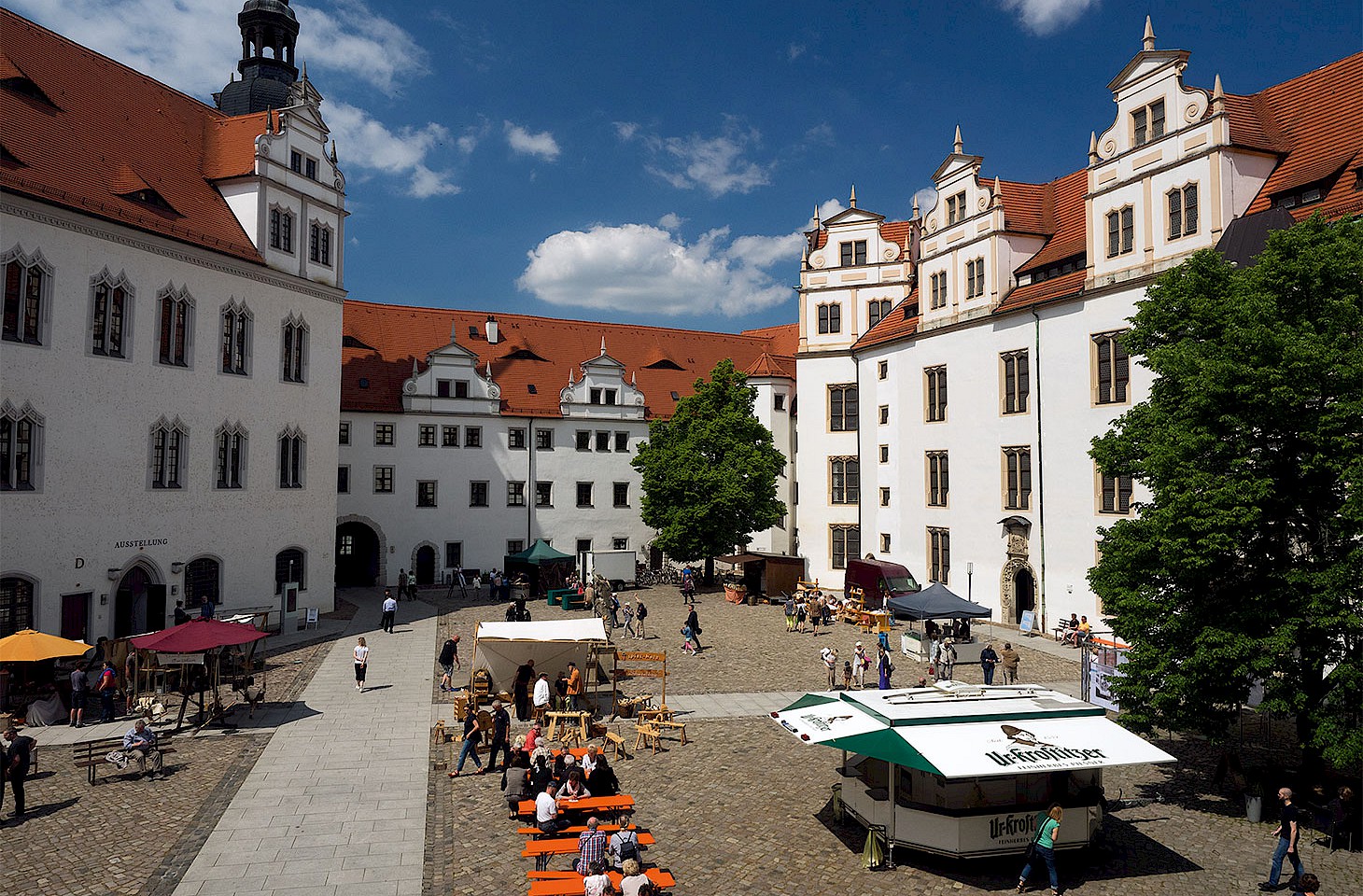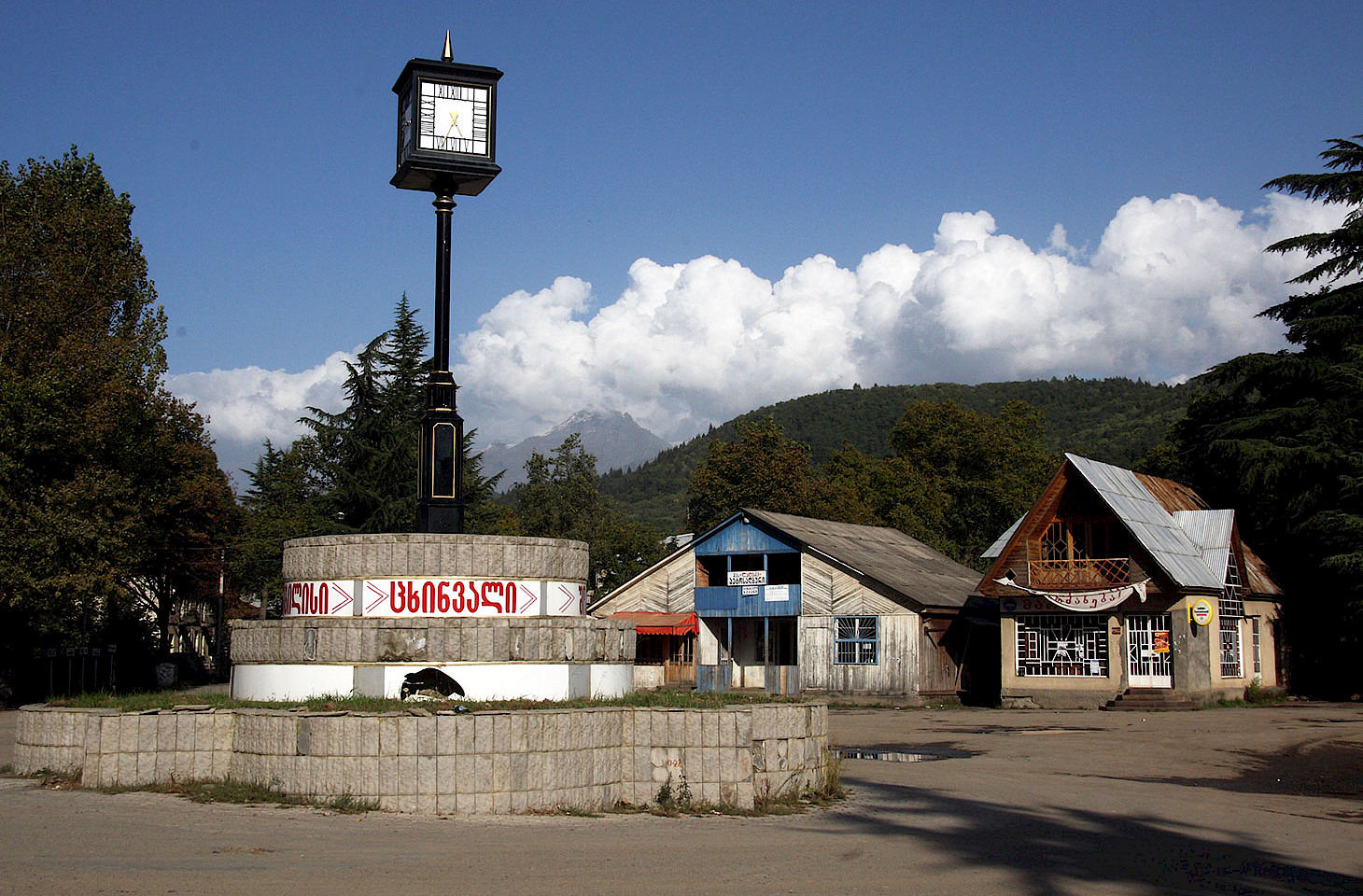Mediaeval ways of doing things seem to be all the fashion. Whether it be mock mediaeval banquets, or knights in shining armour, there is a mood abroad that the Middle Ages had something going for them. Even pilgrimages are back in fashion.
The motives of modern pilgrims may not be so obviously spiritual as those of the pilgrims of yesteryear. Each year increasing numbers of weary walkers and cyclists trace the traditional pilgrim route of the Camino francés across northern Spain to the city of Santiago de Compostela in the country's rainy northwest. Although this is by far the busiest route there are other, less well-trodden approaches to reach St James' historic resting place. La Vía de la Plata (the ‘Silver Way') is one such contender: a route that is older than the pilgrimage itself and dates back to Roman times when the new imperial colonists wished to connect Emerita Augusta, their Lusitanian capital, with northern Iberia and the Atlantic coast. The Romans eventually left to be later replaced by colonising Arabs and much of the same route, the Camino mozárabe de Santiago, as it later came to be known, became important as a conduit for trade and ideas diffusing north from the great city of Seville. It also developed into an important pilgrim route not only for Christians living in southern Spain but also those from other Mediterranean lands who were able to reach Seville by boat. Mozárabes, Christians living under Muslim rule in the south, were generally free to practice their religion as they saw fit and the route developed during the mediaeval period, with churches, refuges and hospitals opening along its way to serve the needs of pilgrims. As a result, the camino became etched into the western Spanish landscape as a palimpsest in which the trappings of Christian pilgrimage were imposed on top of earlier Roman foundations.
The camino begins in the city of Seville on the Guadalquivir river. It is a gritty, beguiling place in which flamenco, bull-fighting, cigarette factory opera and Moorish architecture sit comfortably alongside one another in the sultry, almost African, heat.




